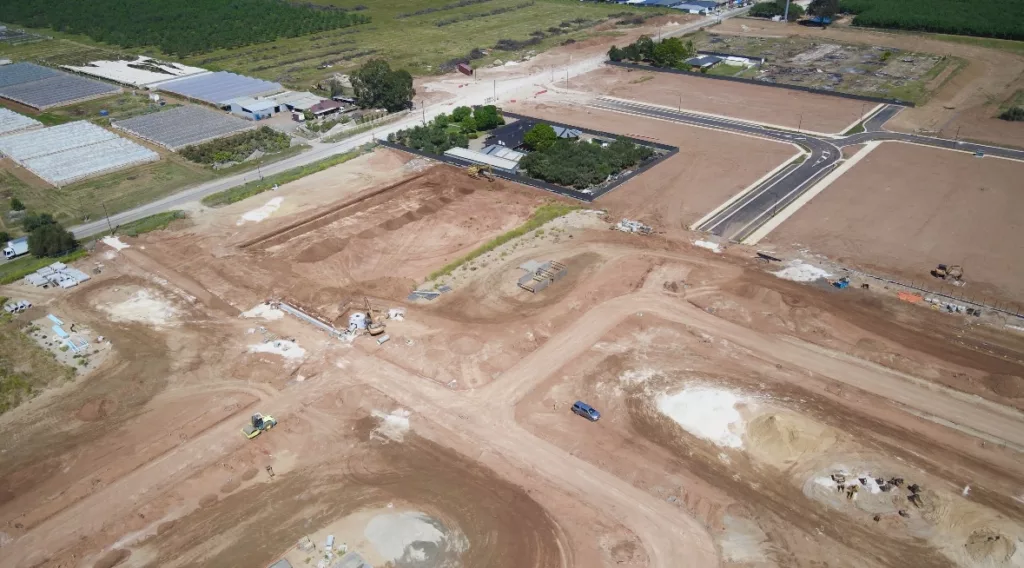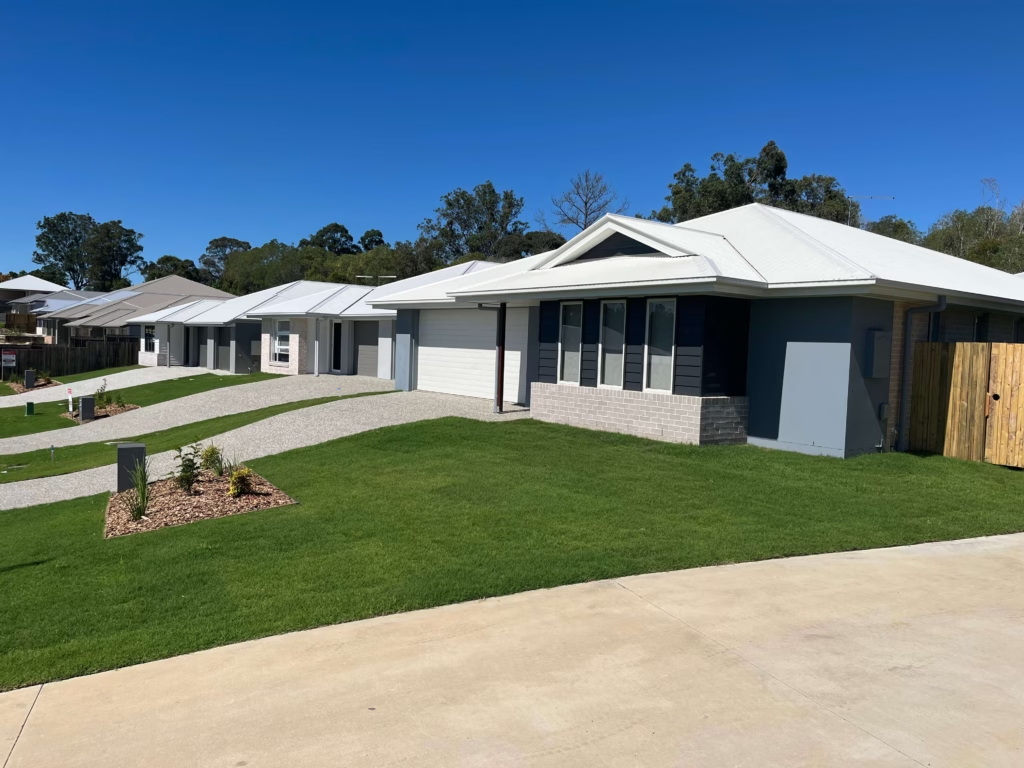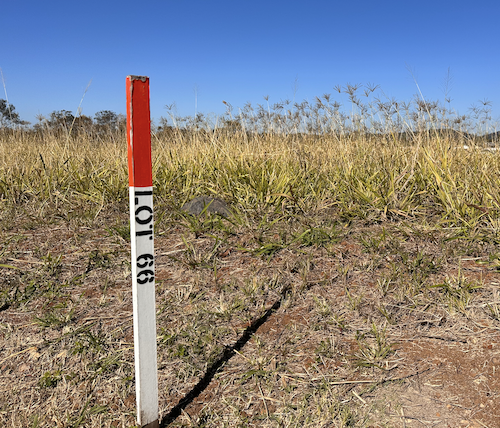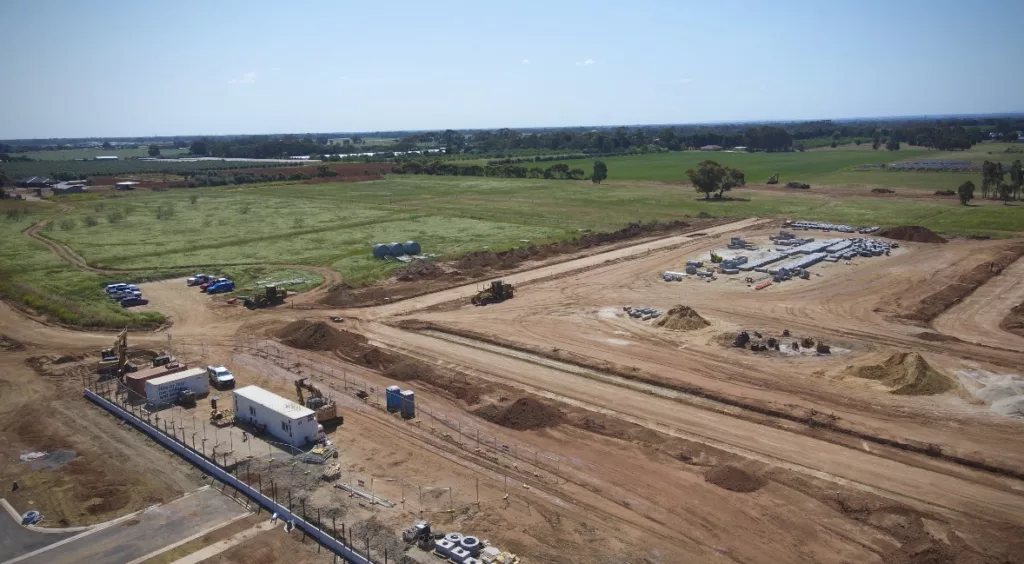
Infrastructure Spend: WIP 2025
Before selecting areas for house and land estates, Homecorp does a lot of digging. By this we mean hundreds of hours of ground work, in terms of research into the potential for growth in an area, has been done before buyers get to see an estate.
Homecorp considers a range of factors when developing house and land estates, like the infrastructure spend outlook for 2025

New infrastructure or upgrades to existing amenities can influence the desirability of a suburb and the increased workforce can drive demands, enhance business and even flow through to the property market.
2023 was a busy year for the Australian engineering and construction industry and 2024 was equally busy.
“There was cautious optimism surrounding 2024,” explained James Lawrence, Group Manager for Customer & Markets at Coates. “While residential construction is declining, nationally the market remains in an upward cycle driven by concurrent booms in road, railway and renewables construction.”
“If businesses can successfully navigate challenges and retain the talent to deliver on demand, the next decade will be a rewarding time to be working in this industry.”
Here’s what engineering and construction businesses can expect from the year ahead:
Current trends and market conditions
Despite challenges, the overall position of Australia’s construction markets remains strong.
State-based demand
The value of construction work is a key indicator of the health of economies and, based on current forecasts, Queensland and WA are expected to outperform NSW and Victoria in coming years on a percentage growth factor.
“These states have relatively strong foundations for demand this decade, with growing populations, mineral and renewable resources, relatively low debt and major events like the 2032 Olympics in Brisbane stimulating further opportunities,” Lawrence said.

Growth sectors
Nationally, the construction of transportation, utilities, renewables, transmission, industrial, road and rail infrastructure projects will continue to drive significant activity in 2024, and provide longevity for engineering and construction businesses.
“We’re seeing considerable expansion into social institution infrastructure in areas like health and education, particularly in regional locations,” Lawrence said.
“We’re also starting to see the return of private investment, in large scale multi-dwelling projects, which will be essential for meeting the needs of Australia’s growing population.”

Renewable energy infrastructure will surge significantly in 2024, notably in the Eastern states. Industry research and forecasting company Macromonitor recently forecast spend on renewable energy infrastructure to rise 49 per cent to reach $5.2 billion in FY24, and grow to $12 billion in FY26.
The proposed Integrated System Plan (ISP) from AEMO2, Australia’s independent system and market operator, indicates there will be continued escalation in infrastructure for large-scale renewable generation, distribution and storage, and a contraction in traditional sources of power generation. The impact of this investment will be truly national as indicated on the ISP project roadmap.
Challenges
Market capacity, capability, cost and carbon reduction remain key focus areas for construction in 2024.

Capacity and capability
As the pipeline of construction work continues to exceed the availability of skilled and unskilled labour, workforce challenges will remain.
Cost inflation
A slight resettling of costs and the completion of the Federal government’s infrastructure review will bring more surety to the industry.
Carbon
Navigating changing environmental regulations and the need to deliver on carbon reduction targets and strategies is another factor that will shape construction activity and the cost of delivering construction projects in 2024 and beyond.
“Initiatives and legislation, such as the Sustainable Buildings SEPP3 in NSW, are shifting from reducing operating emissions to reducing embodied carbon – that is the carbon associated with construction materials, their transport to and from site, and the construction process itself,” Lawrence said.
“Construction businesses will increasingly need to consider embodied carbon in the early stages of the project life cycle.”

Opportunities
Across all sectors and geographies, there is potential for construction businesses to improve productivity and ease cost and capacity constraints.
Utilising technology
Technology has a role to play in easing labour pressures and offsetting rising construction costs. Homecorp is investing in further development of its Build Portal which allows stakeholders, owners and suppliers to track build progress online, anytie.
Embedding more sustainable practices
While the path to net-zero presents significant challenges for the industry, it also offers opportunities. Embedding circular economy principles – such as reusing materials, designing structures for disassembly and reducing waste – can yield significant benefits including increased efficiencies that can lead to cost savings and reductions in embodied carbon.
Homecorp offers home designs that achieve stringent 7 Green Star ratings to ensure we are not only building the best homes for today but also for the future.
Take a look at Homecorp House and Land opportunities or talk to the team about your needs today.






